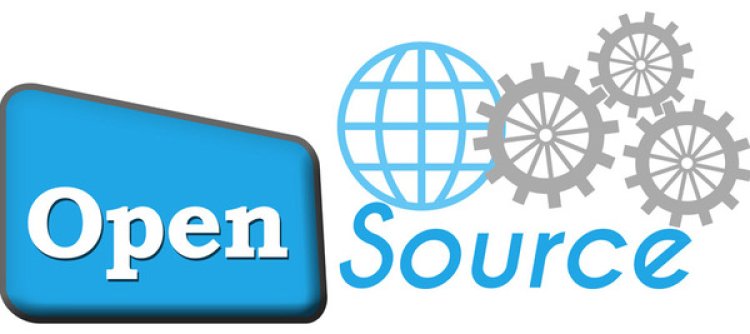Open Source Software: Powering Innovation, Free for All
Unleash creativity with open source software! Drive innovation, collaborate globally, and enjoy the freedom of free, accessible tools for all.

In the digital age, innovation and collaboration are pivotal to technological progress. One of the most transformative elements in this landscape is open source software (OSS). By promoting transparency, flexibility, and community-driven development, open source software is not only revolutionizing technology but also democratizing access to powerful tools and resources.
What is Open Source Software?
Open source software is characterized by its open licensing model, which allows anyone to view, modify, and distribute the source code. Unlike proprietary software, which is restricted and controlled by a single entity, open source software operates under licenses that promote collaborative development and innovation. Popular examples include the Linux operating system, the Apache HTTP Server, and the Mozilla Firefox browser.
The Power of Open Source
1. Innovation Through Collaboration
Open source software thrives on community collaboration. Developers from around the world contribute to projects, bringing diverse perspectives and expertise. This collaborative approach accelerates innovation, as improvements and new features are continuously integrated into the software. For instance, the Linux kernel, which forms the backbone of many operating systems, benefits from contributions by thousands of developers, leading to constant enhancements and robust security features.
2. Cost-Effective Solutions
One of the most appealing aspects of open source software is its cost-effectiveness. Many open source tools and applications are available for free, eliminating the need for expensive licenses or subscriptions. This accessibility is particularly beneficial for startups, small businesses, and educational institutions, which can leverage high-quality software without straining their budgets. For example, organizations can use open source content management systems like WordPress or Joomla to build and manage websites at minimal cost.
3. Customization and Flexibility
Open source software offers unparalleled flexibility. Users can modify the source code to tailor the software to their specific needs. This adaptability is valuable for businesses with unique requirements or for developers seeking to experiment with new features. For instance, the open source ERP system Odoo allows businesses to customize modules and integrate with other tools, providing a tailored solution that meets their operational needs.
4. Enhanced Security and Transparency
Transparency is a cornerstone of open source software. Since the source code is publicly accessible, security vulnerabilities can be identified and addressed quickly. The open nature of the code allows for rigorous peer review and auditing, which enhances the overall security of the software. A notable example is the OpenSSL project, which benefited from extensive scrutiny by the global developer community, leading to timely fixes for critical vulnerabilities.
5. Community Support and Documentation
Open source projects often come with robust community support. Forums, mailing lists, and online communities provide valuable resources for troubleshooting and guidance. Additionally, comprehensive documentation and tutorials are frequently available, aiding users in understanding and utilizing the software effectively. The vibrant community around projects like the Python programming language exemplifies this support, offering extensive resources and fostering a collaborative learning environment.
Challenges and Considerations
While open source software offers numerous benefits, it is not without challenges. Some of the common issues include:
-
Fragmentation: The abundance of open source projects can lead to fragmentation, where multiple versions or forks of the same software coexist, potentially causing compatibility issues.
-
Support and Maintenance: Unlike commercial software with dedicated support teams, open source projects may rely on community volunteers for maintenance and updates. This can sometimes result in varying levels of support and responsiveness.
-
Licensing Confusion: The variety of open source licenses can be confusing. It is essential for users and developers to understand the terms and conditions of each license to ensure compliance and avoid legal issues.
The Future of Open Source
The future of open source software is promising. As technology continues to evolve, open source projects are likely to play an increasingly vital role in driving innovation. The rise of emerging technologies, such as artificial intelligence and blockchain, presents new opportunities for open source collaboration and development. Initiatives like the OpenAI project demonstrate how open source principles can advance cutting-edge research and applications.
In addition, the open source movement is gaining traction in new domains, such as hardware and education. Projects like the Open Source Hardware Association are exploring ways to apply open source principles to physical products, while educational institutions are incorporating open source tools into their curricula to promote hands-on learning and digital literacy.
Conclusion
Open source software embodies the spirit of innovation and collaboration. By making powerful tools accessible and fostering a global community of contributors, open source projects are driving technological advancement and empowering individuals and organizations alike. As we look to the future, the open source model will undoubtedly continue to shape the landscape of technology, making it more inclusive, adaptable, and innovative.
Whether you are a developer, business owner, or tech enthusiast, embracing open source software offers a pathway to harnessing the collective power of the global community and contributing to a more open and innovative digital world.
















